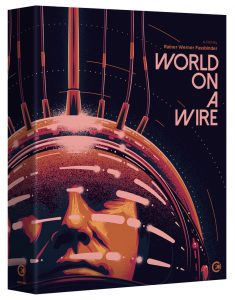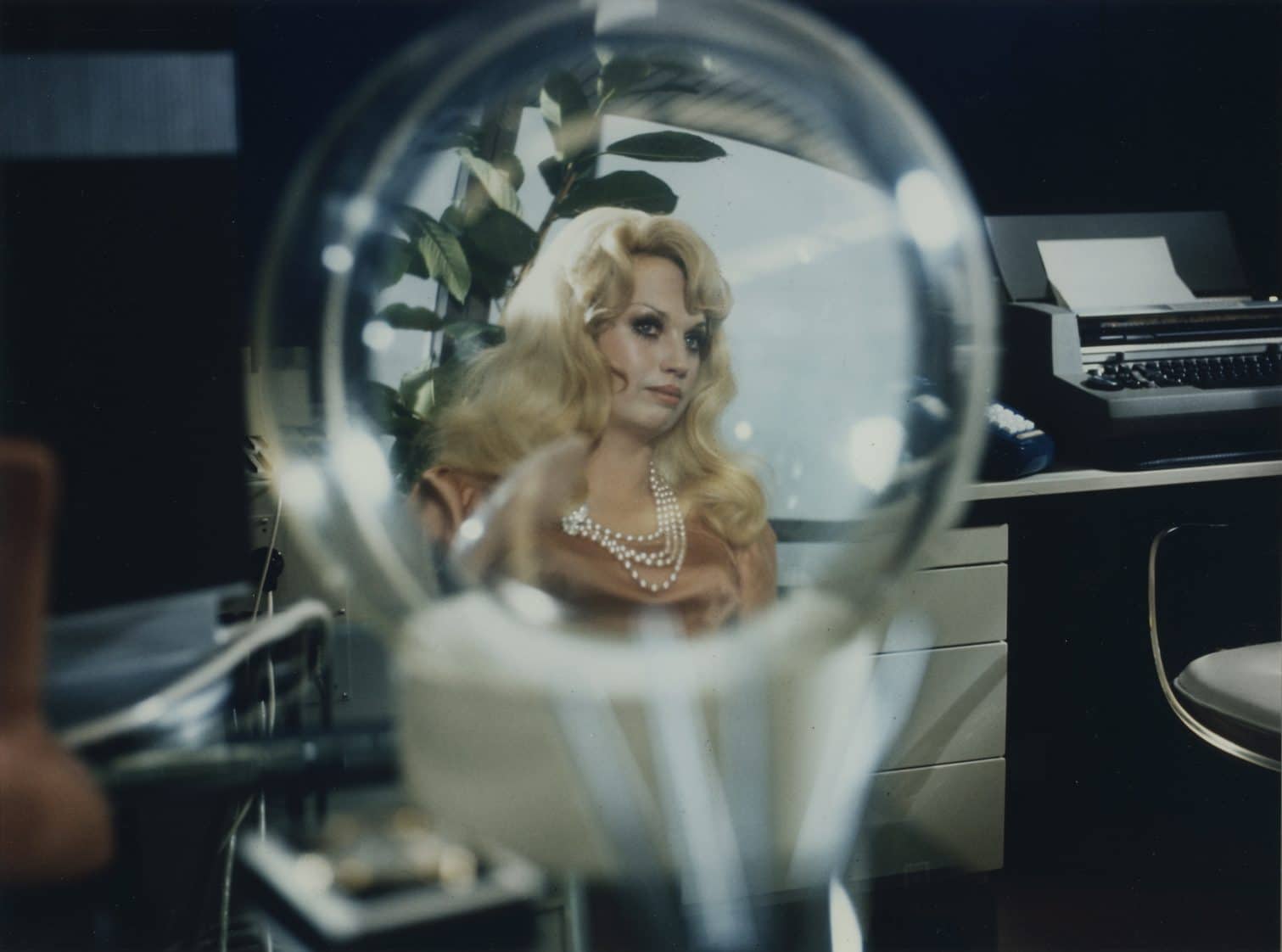Dir.: Jan-Ole Gerster; Cast: Corinna Harfouch, Tom Schilling, Volkmar Kleinert, Andre Jung, Rainer Bock, Gudrun Ritter; Germany 2019, 97 min.
Jan-Ole Gerster enjoyed overnight success with his black and white comedy debut Oh Boy, his 2012 graduation feature from the Film and Fernsehakademie Berlin. His Karlovy Vary Crystal Globe hopeful is a hotchpot of banality dressed up as psycho-horror, proving once again that the second film is generally the most difficult one.
To say that LARA is muddled, is an understatement. To start with, Gerster and his writer Baz Kutin seem unsure about genre. As it turns out, Lara oscillates between neo-gothic horror and hyper realism, with a large dollop of misogyny.
We meet the titular Lara (a brilliant Harfouch) early in the morning, about to take her life – on her 60th birthday as it turns out – but a plan to jump from the window of her high rise is interrupted by a ring at the doorbell. Two policemen enter. They ask her to witness the search of a flat belonging to her neighbour Czerny (Jung), whose son is a drug addict. Meanwhile, her own son Victor (Schilling), is preparing for his debut piano solo, the premiere of his first composition. Lara has devoted her life to coaching him after giving up her own promising career on a whim. She will later meet her former teacher, professor Reinhofer (Kleinert) who also happens to know her son. Victor has since moved in with his grandmother (Ritter), in preference to his mother and girl friend – for reasons unknown. Victor’s attitude towards his mother is hostile. His father (Bock) seems to share his feelings. Undeterred, Lara makes a beeline for her grandmother’s house where she sneaks into Victor’s room, advising him not to perform his piece due to its being “too affected”. While Victor is torn between obeying his mother and revolt, Lara busily buys up the remainder of the concert tickets, distributing them among her former staff at the city council, who, so she is told, hated her.
All the time, a dark cloud hangs over Lara, but we are never told what caused her mental breakdown a few weeks previously. After a lifetime of dedicated to her only son she has clearly lost her way with his leaving home. The other female characters (girl friend, council employers) are either weak or bitchy. By contrast, the men are reasonable and capable of conflict resolution. Only the grand mother emerges strong and sympathetic – being no sexual threat because of her age. Lara fails to solve the issues it raises, petering out in a limp ending, award winning DoP Frank Griebe unable to save the clumsy direction and clunky dialogue. AS
IN COMPETITION | Karlovy Vary FILM FESTIVAL 2019 | WINNER Corinna Harfouch | BEST ACTRESS


 Dir: Rainer Werner Fassbinder | Sci-fi | Ger, 1973 | 204′
Dir: Rainer Werner Fassbinder | Sci-fi | Ger, 1973 | 204′ 